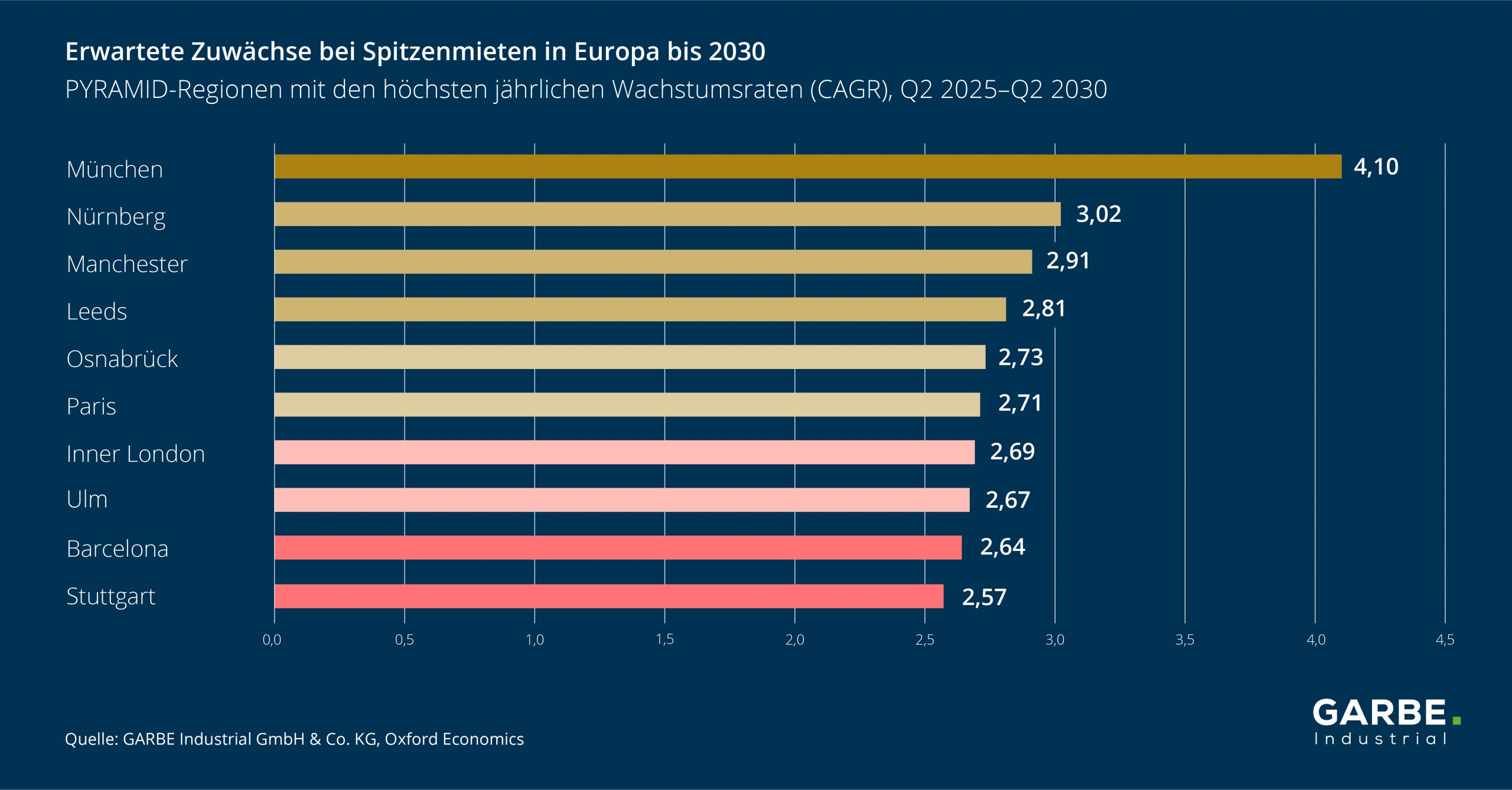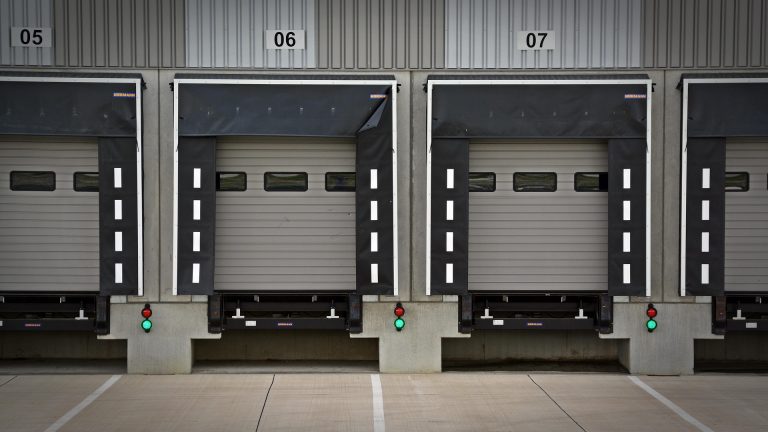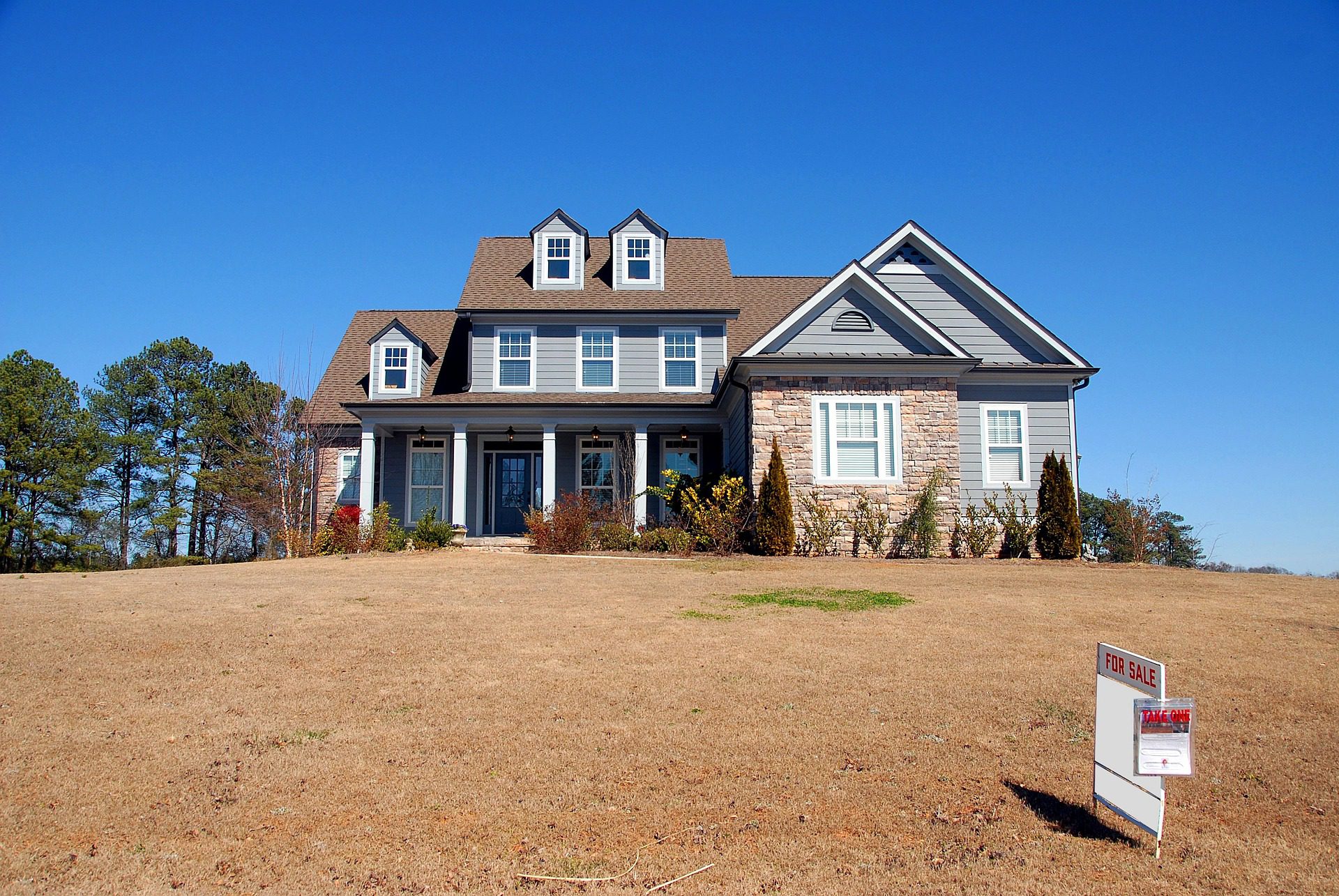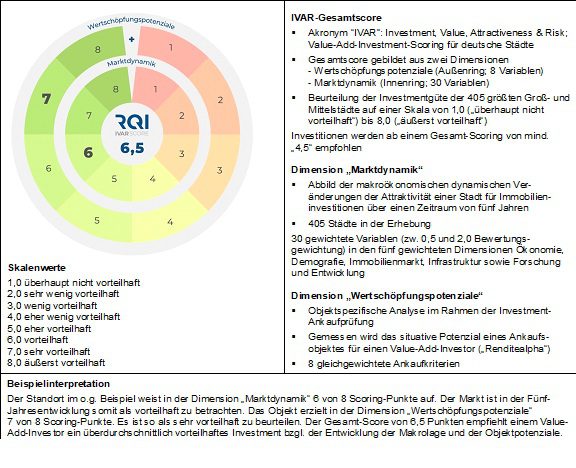FAP Real Estate Private Debt Report Germany 2025
The market for alternative real estate financing remains challenging, but the mood is brightening. The financing environment has stabilised slightly compared to the previous year, and the new reality of high interest rates has reached market players. Exaggerated exit assumptions are largely a thing of the past, and market participants are now much more realistic in their calculations. At the same time, there are signs of a cautious movement on the part of the banks: initial willingness to make haircuts and waives receivables is being signalled and shows that the market is realigning.
These developments – combined with long processing times and continued reluctance on the part of traditional credit institutions – continue to play into the hands of alternative financiers. Whole loans and stretched senior commitments dominate the market and continue to establish themselves as an alternative to traditional bank financing. At 72 percent, the average loan-to-value (LTV) of whole loans is slightly below the previous year’s figure, which also reflects the more realistic market view.
This year’s FAP Real Estate Private Debt Report Germany 2025 clearly shows that mezzanine capital remains a niche product that is mainly offered on the German market by smaller credit funds and family offices for small-scale financing. International private equity addresses are open to subordinated financing, but high interest rate expectations and loan target volumes from EUR 20 million upwards often do not fit in with current market developments.
Der FAP Report bietet einen aktuellen Überblick über den gesamten deutschen Markt für alternative Finanzierungen – in dieser Breite und Tiefe bislang einzigartig.
Alternative financiers focus on quality and stability
Overall, the mood among alternative investors has improved compared to the previous year. This applies predominantly to providers of whole loans, who at the same time state that they continue to be selective and focus on quality properties with stable cash flows. At the asset level, residential and mixed-use dominate, while hotels with viable operator concepts have once again become significantly more attractive. But project financing is also slowly becoming socially acceptable again: the first funds are coming onto the market that specifically deal with this segment.
“The most important findings of our report: The mood among financiers has improved. Capital is there, whole-loan financing is available, even for large-scale projects. And the banks have also become more willing to compromise,” says Hanno Kowalski, Managing Partner, FAP Group. “In terms of asset classes, hotels are winning, life science properties and data centers are losing.”
“Whole loans have finally established themselves as the standard product in the alternative financing mix,” adds Kim Jana Hesse, Senior Vice President, FAP Group. “The conditions of whole loans are increasingly approaching the level of banks – while at the same time increasing the speed of processing. This gives alternative financiers clear competitive advantages.”
Investor interest is increasing again
For the first time this year, the market has seen a slight increase in actively investing institutional investors, who are mainly involved in the whole loan segment and are signalling their interest in participating in financing processes again.
At the same time, the momentum in the launch of new credit funds is also increasing – both at national and international level. The first market participants are launching new products in a targeted manner in order to take advantage of opportunities in the current financing environment. At the same time, institutional investors’ willingness to invest in the real estate asset class is growing again, especially through fund structures.
Family offices remain present, but mainly act as equity investors with smaller volumes. At the same time, capital from large international private equity funds is increasingly flowing into the German market.
Asset classes: Housing before mixed use before logistics – hotels in the fast lane
The asset class preference has hardly changed compared to the previous year: residential remains in demand, followed by mixed use and logistics. However, the development of hotel real estate is remarkable: it has once again gained significantly in popularity over the course of the year. As soon as viable operator and clear usage concepts are available, many financiers accompany such projects. Office properties are still only in demand in ESG-compliant prime locations. In addition, many financiers are again differentiating more strongly between properties with and without building rights. Areas with secure planning rights remain financially viable in principle, but under conservative conditions.
“In many cases, alternative financing ensures the feasibility of projects that would currently have no chance with traditional banks,” emphasizes Kowalski. “In times of scarce liquidity, they are a decisive stability factor for the real estate market.”
The German A-cities remain in the clear focus of many market participants. At the same time, the number of German alternative financiers is growing, which are increasingly active in other European countries. In addition, there is an uneven range of projects: there is a lack of attractive properties in the A and B cities, while the supply in C and D locations is increasing noticeably. Locally anchored developers and portfolio holders with a high level of market knowledge and solid business models often operate there, which have proven to be stable and adaptable even in the past crisis years.

























